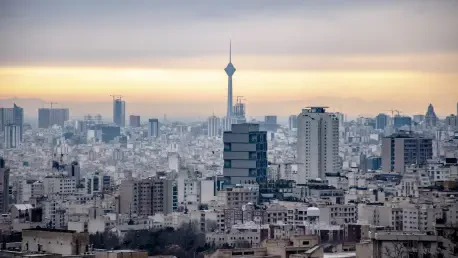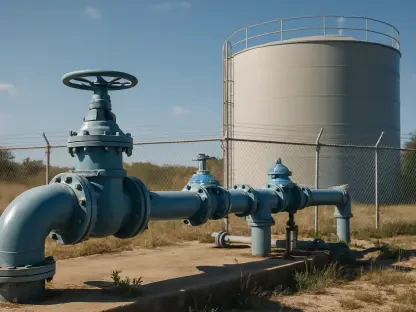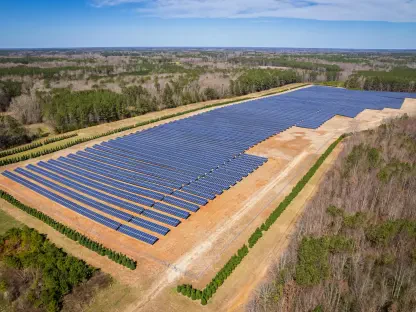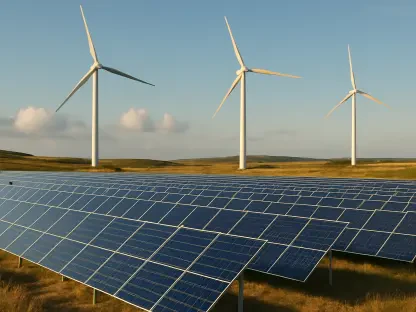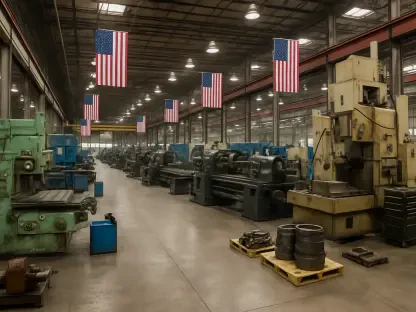In the heart of Iran, Tehran, a sprawling metropolis of nearly 10 million residents, faces an unprecedented threat that could redefine urban survival in the region, as experts warn of a potential “zero day” when taps could run dry within mere weeks. This capital city, long a hub of culture and history, is grappling with a water crisis so severe that prolonged drought, exacerbated by climate change, has pushed the city’s water reserves to critical lows, while systemic mismanagement has compounded the problem over decades. As dams sit at a mere 21% capacity and groundwater depletion causes the city to sink at alarming rates, the daily lives of millions hang in a delicate balance. The urgency of this situation cannot be overstated, as temporary fixes offer little solace against the looming catastrophe. This crisis serves as a stark reminder of how environmental challenges and governance failures can collide, threatening the very foundation of a major urban center with devastating consequences for its people.
Environmental Challenges Fueling the Crisis
Tehran’s water scarcity is deeply rooted in environmental factors that have worsened over recent years, creating a perfect storm of depletion. Iran is enduring one of the most severe droughts in its history, now stretching into its fifth consecutive year, with rainfall levels plummeting 40% below long-term averages. This persistent lack of precipitation has left the dams supplying the city critically low, unable to meet even basic demands. Extreme heat, with temperatures soaring past 50 degrees Celsius in some areas, accelerates evaporation and further strains limited resources. Climate change plays a pivotal role in intensifying these conditions, disrupting weather patterns and reducing water availability across nearly all of Iran’s 31 provinces. The environmental toll is evident as rivers dwindle and once-reliable sources become mere memories, painting a grim picture of a city struggling to adapt to forces beyond immediate control. Without significant natural relief, such as autumn rains, the path forward remains fraught with uncertainty for millions dependent on these fragile systems.
Beyond the immediate drought, the long-term environmental impact on Tehran reveals a deeper, more systemic vulnerability that threatens its sustainability. Overuse of groundwater, driven by desperate attempts to offset surface water shortages, has led to alarming land subsidence, with parts of the city sinking at rates exceeding 25 centimeters annually. This irreversible damage not only jeopardizes infrastructure but also diminishes the underground aquifers that serve as a critical backup during crises. The interplay of climate-driven drought and human-induced depletion creates a vicious cycle, where each dry season pushes the region closer to collapse. Experts warn that without drastic changes to how water is sourced and conserved, the environmental foundation of Tehran could erode entirely, leaving future generations to inherit a landscape scarred by scarcity. The scale of this challenge demands innovative thinking and immediate action to mitigate the relentless pressures of a changing climate on an already strained urban ecosystem.
Systemic Mismanagement and Resource Imbalance
The water crisis in Tehran cannot be attributed solely to nature; decades of mismanagement have significantly deepened the problem, creating a state of what experts term “water bankruptcy.” Poor resource planning has led to an unsustainable reliance on groundwater, with little regard for replenishment rates, resulting in irreversible damage to aquifers. Inefficient agricultural practices consume a staggering 90% of the country’s water, often through outdated irrigation methods that waste more than they deliver. Meanwhile, uncontrolled urban consumption in Tehran exacerbates the imbalance between supply and demand, as population growth outpaces infrastructure development. Scholars like Kaveh Madani from the UN Institute for Water, Environment and Health have highlighted how these systemic failures, rooted in policy and governance, have left the city ill-prepared for environmental shocks. The failure to prioritize long-term sustainability over short-term gains has created a ticking time bomb, with consequences now felt by every resident.
Compounding the issue of mismanagement is the lack of cohesive policy reform to address the root causes of Tehran’s water shortage, despite clear warnings from experts over the years. Professor Amir AghaKouchak has pointed out that the crisis is not merely a product of drought but a direct result of governance failures that have ignored scientific recommendations. Political and financial constraints, including the burden of international sanctions, make radical changes—such as overhauling water-intensive agricultural sectors—difficult to implement. Temporary measures, like reducing water pressure or declaring holidays to curb usage, fail to tackle the underlying issues of inefficiency and overexploitation. The disconnect between the urgency of the situation and the slow pace of systemic change leaves Tehran vulnerable to a collapse that could have been mitigated with foresight. Until decision-makers confront these entrenched challenges with bold, coordinated strategies, the city remains trapped in a cycle of scarcity driven by human error as much as by natural forces.
Human Impact and Temporary Measures
For the residents of Tehran, the water crisis is no longer a distant threat but a daily struggle that reshapes their lives in profound ways. Authorities have slashed water pressure by nearly half, impacting 80% of households, with many in high-rise buildings facing a complete absence of tap water for hours or even days. The strain is felt most acutely by lower-income families who lack the means to install private storage tanks or pay for water deliveries via tanker trucks. The government has rolled out short-term fixes, such as distributing emergency supplies and encouraging reduced consumption through public campaigns. Yet, these stopgap solutions offer little comfort to those who must queue for hours to secure basic necessities. The human toll of this crisis reveals a stark inequality, where access to a fundamental resource becomes a privilege rather than a right, highlighting the urgent need for equitable and sustainable interventions to protect the city’s most vulnerable populations.
Beyond the immediate disruptions, the psychological and social ramifications of the water shortage are becoming increasingly evident among Tehran’s population. Constant uncertainty over water availability breeds anxiety, as families ration supplies and adapt to unpredictable schedules of access. Schools and businesses face closures or reduced operations during peak shortage periods, further straining community resilience. While wealthier residents can afford temporary workarounds, the majority grapple with a growing sense of helplessness as their basic needs go unmet. Government efforts to curb demand, such as extending holidays to limit water and electricity use, disrupt normalcy without addressing long-term security. This ongoing struggle underscores the intersection of environmental and social crises, where the failure to secure a stable water supply ripples through every aspect of life. As residents endure these hardships, the pressure mounts for authorities to move beyond Band-Aid solutions and invest in infrastructure that can withstand future challenges.
Path Forward: Seeking Sustainable Solutions
Looking ahead, the path to averting a catastrophic water shortage in Tehran hinges on a blend of innovative technology and bold policy reform, though obstacles remain daunting. Technical solutions like desalination and wastewater recycling have been proposed as ways to bolster supply, yet experts caution that these alone cannot address the deeper issues of overuse and inefficiency. Kaveh Madani emphasizes the need for economic restructuring, particularly in agriculture, to reduce water waste on a massive scale. However, such reforms face significant political and financial hurdles under the current governance framework. The consensus among climatologists and policy analysts is that systemic change must prioritize sustainability over short-term relief, even if it requires difficult trade-offs. As the city holds its breath for potential autumn rains to ease the immediate crisis, the window for meaningful action narrows, demanding urgency from all stakeholders to prevent an irreversible tipping point.
Reflecting on the road traveled, the response to Tehran’s water crisis in recent times has leaned heavily on temporary measures that, while necessary, fell short of transformative impact. Discussions around extending holidays and rationing utilities dominated immediate actions, providing fleeting respite to strained systems. Meanwhile, the voices of experts echoed through policy circles, urging a reckoning with decades of mismanagement that had brought the city to this precipice. The installation of storage tanks by some and the reliance on tanker deliveries marked small victories in a larger battle against scarcity. As those efforts unfolded, a shared hope persisted that natural relief might arrive before the dreaded “zero day.” Moving forward, the focus must shift to actionable strategies—investing in modern irrigation, enhancing urban water infrastructure, and fostering international cooperation despite sanctions. Only through such comprehensive steps can Tehran hope to secure a future where water, the lifeblood of any city, flows reliably for all its people.
